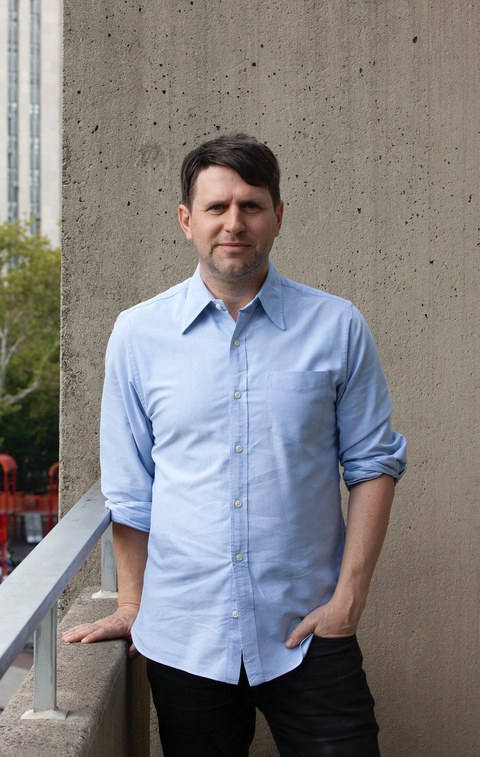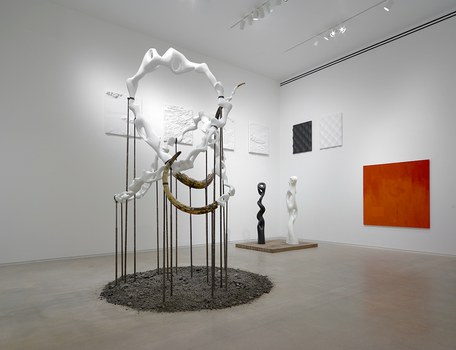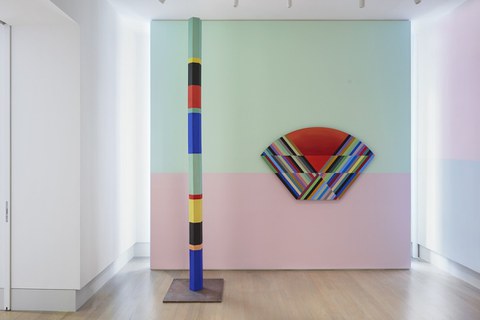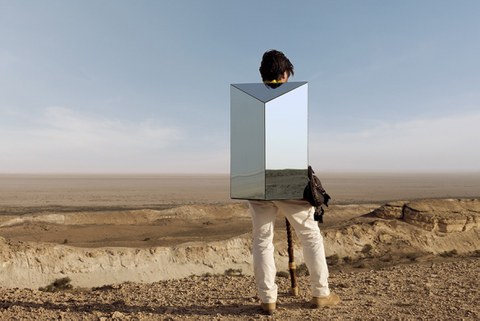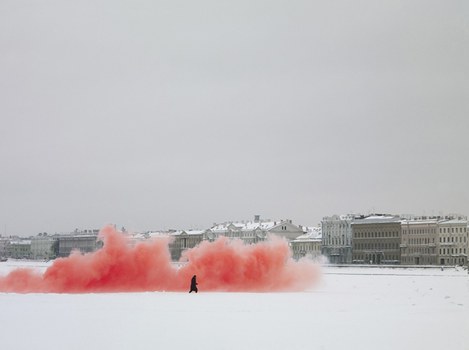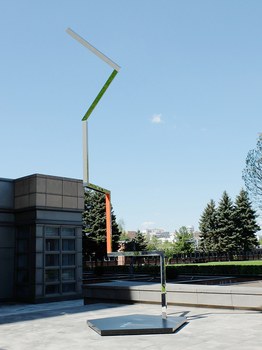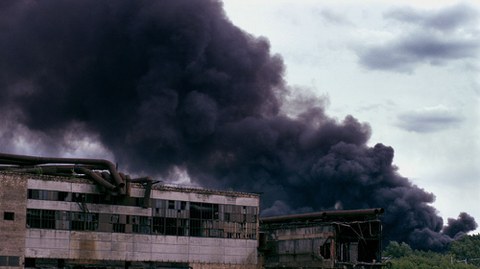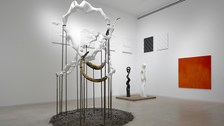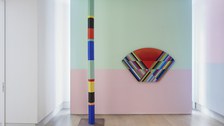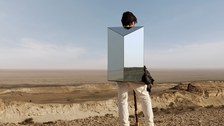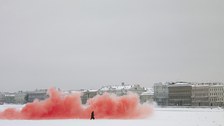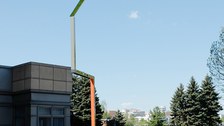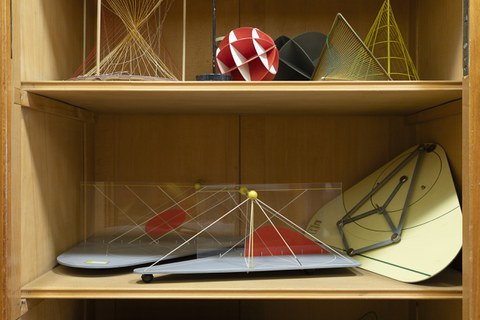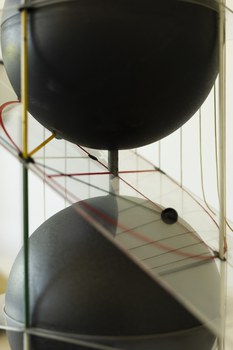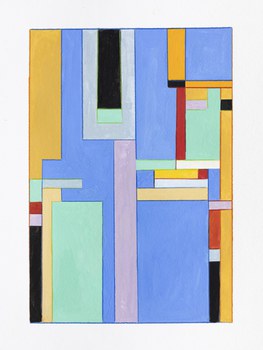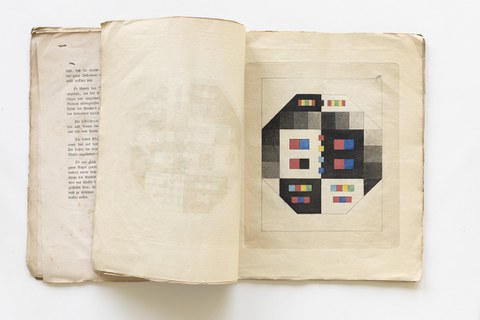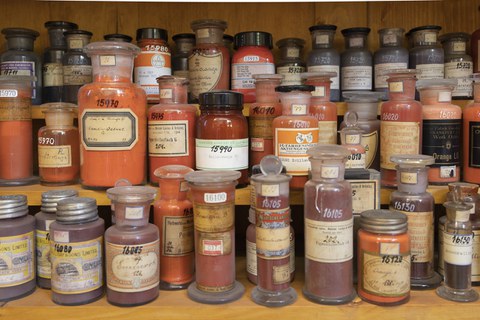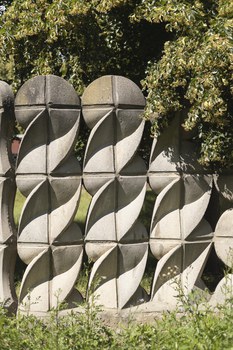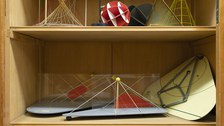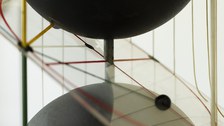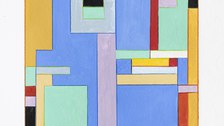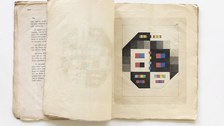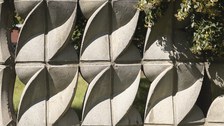Artist in residence 2021: Anton Ginzburg
From January to June 2021, the New York artist Anton Ginzburg had his six-month residency at Technische Universität Dresden as the second fellowship recipient in the Schaufler Lab@TU Dresden’s artist-in-residence programme. Ginzburg followed the Viennese artist Christian Kosmas Mayer, who was the artist in residence at the Lab from September 2020 to February 2021. Together with early-career researchers at the Schaufler Kolleg@TU Dresden and through exchange with various university faculties, he explored the lab’s first main research topic 'Artificial intelligence as factor and consequence of societal and cultural change'.
Anton Ginzburg‘s art encompasses a range of media: video, installation, sculpture, painting, and printmaking. The focus of his project at TU Dresden is an investigation of concepts of creativity and cultural labour in a historical context. Taking early modern methods of artistic practice and the legacy of 20th century modernist artistic vocabulary as a starting point, Ginzburg reflected on the current strategies of the technological mechanisation of work, such as machine learning, and their influence on contemporary artistic practices.
Anton Ginzburg, born 1974 in St. Petersburg, Russia, is a New York-based artist, who received his MFA at Bard College, Annandale-at-Hudson, New York. His work has been shown at the 54th Venice Biennale, the Blaffer Art Museum at the University of Houston, Palais de Tokyo in Paris, the San Francisco Museum of Modern Art, and at the first and second Moscow Biennales. Ginzburg’s films have been screened at the Whitechapel Gallery in London, Rotterdam International Film Festival (IFFR), Les Rencontres Internationales in Paris, Haus der Kulturen der Welt in Berlin, and at the New York Film Festival.
Ginzburgs´artistic research project in Dresden
Ginzburg spent much of his residency investigating construction-related art in the GDR, especially the system of molded concrete blocks which the Dresden artists Karl-Heinz Adler (1927–2018) and Friedrich Kracht (1925–2007) developed in the late 1960s for state-commissioned designs in urban spaces. Based on these abstractions and their visual translation into virtual space, Ginzburg created an algorithm-inspired series of gouaches (Dresden Series; 2021) and site-specific murals for the university’s gallery.
In another project he partnered with the Chair of Computer Graphics and Visualization to create computer-assisted visuals for a video work that straddles the line between action movie, public art, and car-crash scenario, and which is staged as an absurdly comic parable on contemporary art and society.
Meanwhile, by working with the Chair of Scientific Computing at the Faculty of Mathematics, Ginzburg explored how mathematics and algorithms can be used to transform the emotions displayed and conveyed in iconic movies, here remodeled as 3D objects and generated as artifacts at the interface of video art, object cultures, and visionary design. The basis for the visualizations were patterns and structures that the artist encountered while sifting through the many teaching collections of the TU’s Office for Academic Heritage, such as the Collection of Mathematical Models and the Color Research & Theory Collection.
Ginzburg’s preoccupation with AI primarily serves as the motor of his artistic practice, whereby he presents AI as an overarching social narrative oscillating between technological utopianism and its disruption. His works are thus animated by the spirit of machine participation, which is also increasingly permeating and altering the processes and mechanisms of the public sphere.
Ginzburg presents the work he completed during his residency in a final exhibition "A & I" in the Altana Galerie of the Office for Academic Heritage as well as in a combined show featuring all three residency artists in 2024 in SCHAUWERK Sindelfingen.

